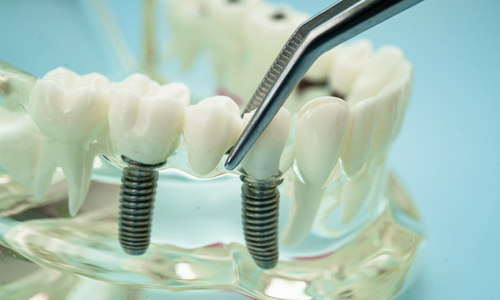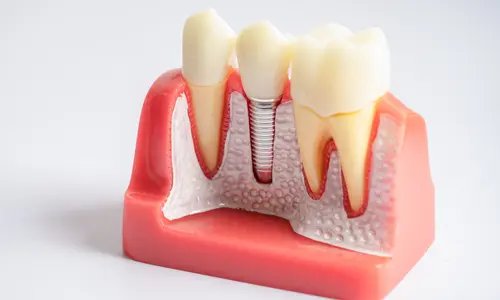Tooth loss affects more than just aesthetics and chewing function—it also has a direct impact on jawbone health. When missing teeth are not replaced for a long time, the unused jawbone begins to deteriorate over time (a condition known as bone atrophy). This process can accelerate due to advanced gum disease, infections, trauma, or age-related factors.
For dental implant treatment to be successful, the jawbone must have sufficient height, width, and density. At this point, two effective procedures come into play: bone grafting and sinus lifting. These techniques help rebuild weakened or resorbed bone tissue and prepare the area for successful implant placement.
What Is Bone Grafting?
Bone grafting is a procedure that adds bone material to areas where the jawbone is insufficient, helping to restore the required volume for implant placement. The goal is to provide a strong foundation for the implant and increase the long-term success rate of the treatment.
The following techniques and materials may be used during bone grafting:
-
Autografts: Bone taken from the patient’s own body (e.g., jaw, hip)
-
Allografts: Sterile human donor bone tissue
-
Synthetic grafts (alloplastic materials): Biocompatible, lab-produced bone substitutes
In some cases, biological enhancers like PRGF (Platelet Rich in Growth Factors) are also used to accelerate healing and stimulate natural bone regeneration.
How Is Bone Grafting Performed?
-
The jawbone is evaluated through X-rays and 3D imaging.
-
The appropriate graft material is selected and placed under local anesthesia.
-
In some cases, a protective membrane is applied over the graft to support healing.
-
The graft gradually integrates with the natural bone (osteointegration).
This healing process usually takes between 3 to 6 months.
What Is Sinus Lifting?
In the upper jaw—particularly in the molar area—sinus cavities may expand downward after tooth loss, reducing the available bone height for implants. Sinus lifting is a procedure where the sinus membrane is gently elevated, and bone graft material is added underneath. The aim is to increase bone height and create a solid base for implant placement.
Who May Need These Treatments?
-
Patients with missing teeth in the upper jaw and enlarged sinus cavities
-
Individuals with insufficient bone density for implant placement
-
Those who have experienced prolonged tooth loss and subsequent bone resorption
Benefits of These Treatments
-
Make implant placement possible
-
Restore jawbone health
-
Provide long-term aesthetic and functional results
-
Prevent facial collapse caused by bone loss
-
Halt further bone resorption due to tooth loss
If your jawbone has weakened following tooth loss, bone grafting and sinus lifting can help restore a healthy oral structure and open the door to successful implant treatment. To determine your eligibility, schedule a consultation appointment.








